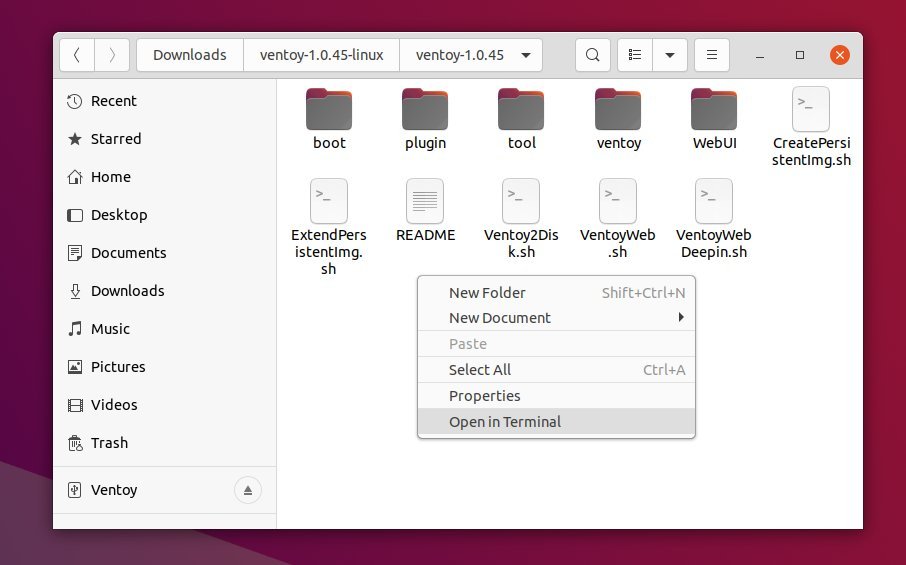
In this case, you can copy and paste them to your USB device and boot directly from it.Īnother way Ventoy makes booting more convenient is by letting you transfer numerous images to the USB. Typically, you’d need to unzip ISO files before launching an installation. The only drawback is that you can’t use it for non-ISO installations. It’s open-source, free, and supports over 260 ISO files. Ventoy represents a new generation of ISO burning apps. Then, run the Ventoy2Disk.exe application.This new software application takes a different approach to OS booting, facilitating the process and making it more flexible. Preparing a USB key with VentoyĪfter downloading the Ventoy compressed archive, extract the files to a folder. After this, you simply copy over the ISO/WIM/IMG/VHD(x)/EFI files you want to work with and you will see these presented in the Ventoy application menu when you boot from the Ventoy-prepared USB key. With the Ventoy solution, you simply prepare your USB key as you would with Rufus, which installs the Ventoy application. No need to update Ventoy when a new distro is released.


Data nondestructive during version upgrade.Highly customizable theme and menu style.Boot configuration file dynamically replacement.Plugin Framework and GUI plugin configurator.Menu dynamically switchable between ListView and TreeView mode Notes.Not only boot but also complete installation process.Linux vDisk(vhd/vdi/raw…) boot solution Notes.Most types of OSes supported, 780+ iso files tested.Native boot menu style for Legacy & UEFI.FAT32/exFAT/ NTFS/UDF/XFS/Ext2(3)(4) supported for main partition.RHEL7/8/CentOS7/8/SUSE/Ubuntu Server … auto installation supported Notes.



 0 kommentar(er)
0 kommentar(er)
